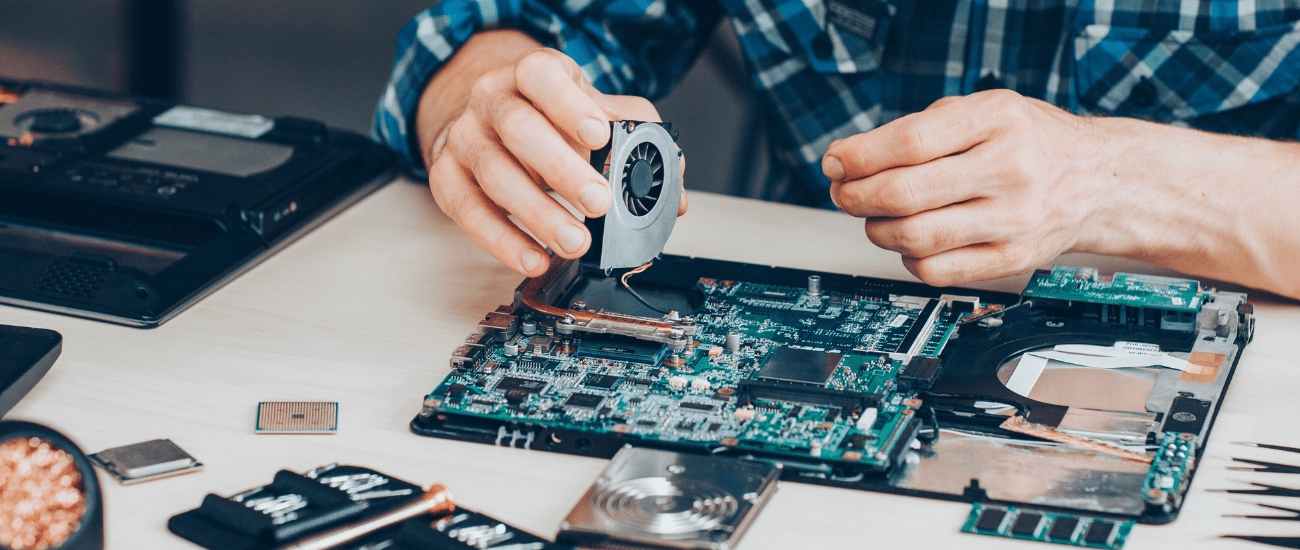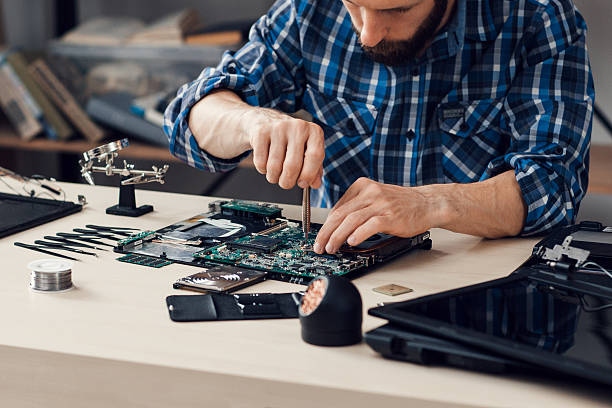
Empowering the Right to Repair Through Education
The right to repair movement, a global initiative advocating for policies allowing consumers to repair electronic devices they own, is gaining traction.
This movement seeks to address the challenges presented by manufacturers who obstruct independent repairs by consumers. Through education and raising awareness, individuals can become more conscious of their consumer choices and contribute to the success of this movement. In this article, we will delve into the implications of repair restrictions, explore how education can play a pivotal role, and discuss the growing influence of the right to repair movement on a global scale.
The Pervasive Issue of Repair Restrictions

In recent decades, a mounting sense of dissatisfaction has arisen due to artificial obstacles created by manufacturers that impede product owners from repairing their electronic devices. Many consumers have experienced the frustration of owning devices with repair costs exceeding the price of purchasing a new one. This planned obsolescence, combined with the manufacturing of subpar products designed to shorten their lifespan, results from profit-driven motives. These practices have dire environmental and economic consequences.
Environmental and Economic Ramifications
The consequences of these practices extend beyond consumer inconvenience. The growing problem of electronic waste poses a severe environmental concern. Current estimates predict that electronic waste, also known as e-waste, will reach a staggering 75 million metric tons by 2030, with 53.6 million metric tons discarded in 2019. The accumulation of e-waste in landfills further exacerbates environmental issues and contributes to the depletion of valuable resources.
The right to repair movement is seen as a pivotal step toward establishing a more sustainable and circular economy, one based on the principles of re-use. It stands against the throw-away culture and the cycle of damage perpetuated by it. The movement strives to empower consumers with the knowledge and spare parts needed to repair products and extend their lifespan. In essence, it offers consumers true ownership of their devices. However, to realize these goals, certain constraints need to be addressed, including the lack of knowledge about product construction and functionality among consumers.
The Role of Education and Universities
Education, particularly through the university system, has a significant role to play in filling the knowledge gap related to repair and sustainability. Universities worldwide are considered vital players in the quest to create a more sustainable future. They can serve as national, international, and local pillars driving this development. However, most undergraduate engineers are not generally aware of the right to repair movement or how to design products in line with its principles.
Incorporating the right to repair principles into engineering courses can inspire students and provide them with the tools to design products with sustainability in mind. A recent pilot study at TEDI-London, a teaching institution in the United Kingdom, asked students to design and build a robot vacuum cleaner adhering to right to repair principles. The project-based learning model ensured that principles, laws, or techniques were immediately applied and embedded into students' understanding. It prompted students to think critically about product design and the impact of poorly designed products on the environment.
Anecdotal evidence from the study indicated that students became highly motivated to design products with longer lifespans that could be repaired by their owners. It sparked a shift in attitude against the prevailing culture of disposable products. This change in perspective encourages valuing household products as long-term investments rather than disposable items.
Fostering a Culture of Repair and Sustainability
The right to repair movement is gaining momentum with increasing political support, legislative efforts in several countries, and the proliferation of repair cafes and online resources guiding consumers on DIY repairs. The movement's future relies on collective efforts. If consumers, communities, engineers, companies, and politicians unite in demanding better access to repairable products, significant changes can be achieved. However, it's essential to recognize that the progress is not guaranteed, as numerous stakeholders oppose these efforts.
The Impact of Education and Awareness

Raising awareness and educating the public about the characteristics of products that are easy to repair is essential. As individuals become more aware of their spending choices, they can make informed decisions that align with the values of the right to repair movement. Their choices can collectively contribute to the success of this movement, drive change in product design, and foster a culture of repair and sustainability.
In conclusion, the right to repair movement represents a significant shift in consumer empowerment and environmental sustainability. By integrating right to repair principles into education and fostering awareness, individuals can actively participate in creating a more sustainable and responsible consumer culture. Through education and awareness, we can shape a future where products are designed for longevity, repairability, and minimal environmental impact.
Trending
-
1 How IoT is Revolutionizing Sustainability: A Brighter Future Beckons
Susanna Koelblin -
2 How The Water Treatment And Desalination Will Change The Environment For The Better
Daniel Hall -
3 How Intermediate Bulk Containers Enhance Environmental Sustainability
Daniel Hall -
4 Hybrid Cars and Their Key Benefits
Susanna Koelblin -
5 UK Faces Wettest July in Recent Memory
Daniel Hall





Comments